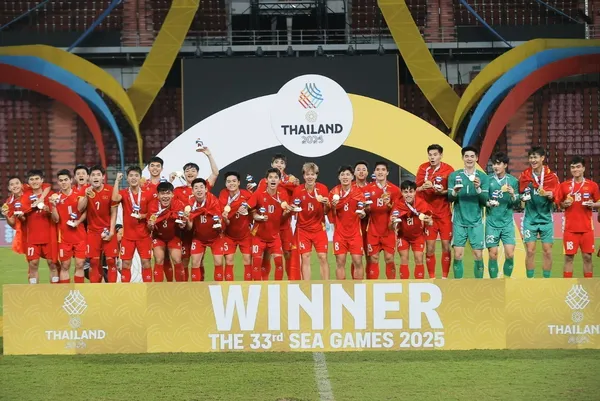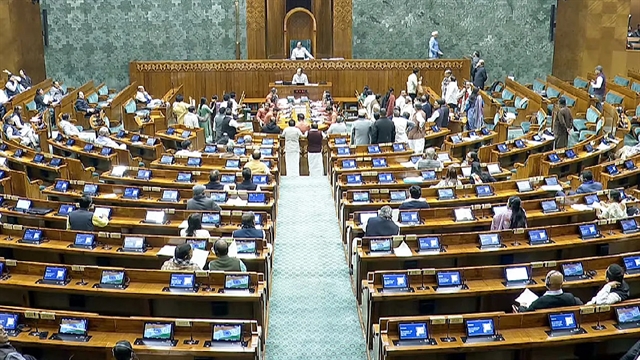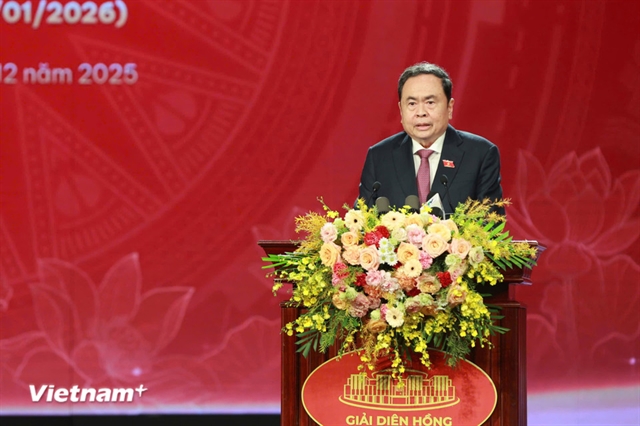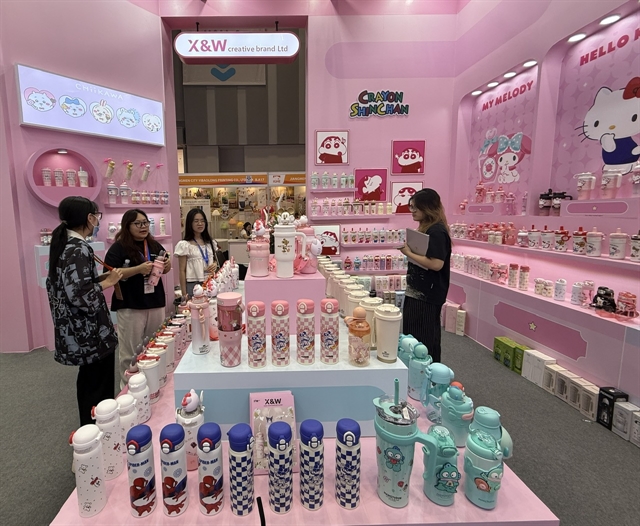.jpg) Society
Society

Vietnamese rice businesses and farmers are still lacking awareness of low-carbon rice production, said Nguyễn Văn Hùng, an expert from the International Rice Research Institute (IRRI).

|
| A consultation workshop for the Modernized and Low-carbon Rice Production Transformation (ModeLRice) was co-held by the Ministry of Agriculture and Rural Development and the IRRI in Hà Nội on Wednesday. VNS Photo Tố Như |
HÀ NỘI – Vietnamese rice businesses and farmers are still lacking awareness of low-carbon rice production, said Nguyễn Văn Hùng, an expert from the International Rice Research Institute (IRRI).
Rice production in Việt Nam is inefficient, showing a lack of integration and low precision that leads to loss and overuse of inputs, Hùng said in the consultation workshop of Modernized and Low-carbon Rice Production Transformation (ModeLRice) co-held by the Ministry of Agriculture and Rural Development and the IRRI in Hà Nội on Wednesday.
Investment in technology and machinery was not synchronised or suitable for the specific scale and needs of the sub-region. Farmers have limited access to technology and end-market information, especially on sustainable, low-carbon and GAP standard rice production, he said.
According to Hùng, the ModelRice project’s objective is to transform rice production in Việt Nam and Laos to a low-carbon path with modern technologies that are climate-smart, profitable & sustainable.
The project will help increase annual rice income by at least 5 per cent and reduce rice carbon by 20 per cent each year, equivalent to 50,000 tonnes of CO2.
In the first three years of implementation, about 15,000 farmers will benefit from the project, rising to 20,000 after six years.
More importantly, the project will enhance the capacities of national partners to adopt and scale up low-carbon rice production as well as enable policies and investment to support expansion of the production model.
According to Hùng, the main limiting issues in rice production in the two countries are salinity intrusion, drought, high rate of seed use, overuse of agro-chemicals, inefficient water management, post-harvest losses and rice straw burning and incorporation in flooded fields that leads to high greenhouse gas emissions.
Food demand will double by 2050 and consumption will be on a sustainable trend, so countries must give priority to reducing green house gas emission in agriculture, especially in rice production.
Therefore, it is necessary to enhance co-operation among farmers, co-operatives and businesses under contract farming and expand the large field model.
Rice production could reduce carbon-footprints by introducing more efficient solutions for water management, input optimisation, minimisation of energy consumption, crop and post-harvest losses, and use of climate smart maps and adaptation plans.
The ModelRice project was proposed in the context of agriculture in Việt Nam and Laos facing greater demands and challenges.
Rice is not only one of the top priority industries of the two countries, but plays an important role in ensuring food security for more than 100 million people, most living in rural areas.
In Việt Nam, rice production accounts for 30 per cent of agricultural production, while in Laos it makes up 80 per cent of land cultivation area with an annual yield of 4 million tonnes.
Rice production is the largest source of greenhouse gas emissions in agricultural production. However, localities still mainly focus on economic goals and food security, neglecting emission reduction.
The IRRI proposed the project to develop, test and establish viable business models for large scale and value chain strategies suitable for low-emission rice.
The project, which is expected to start in 2023, will focus on major rice-producing regions, including Việt Nam’s three leading rice-producing provinces of An Giang, Đồng Tháp and Cần Thơ in the Cửu Long Delta region, and the Laos provinces of Khammouan, Bolikhamxai and Xaignabuly. – VNS

.jpg)


